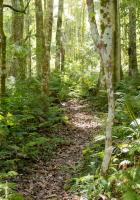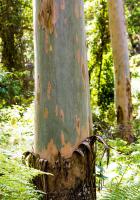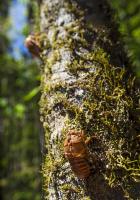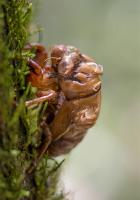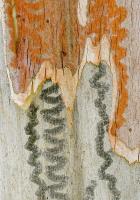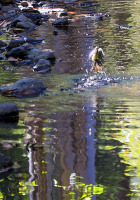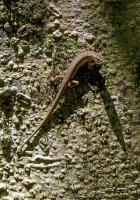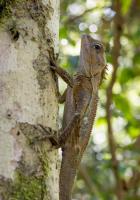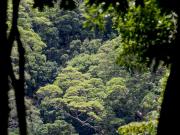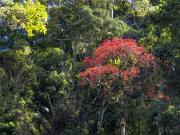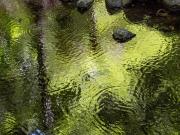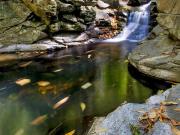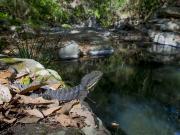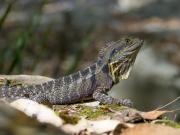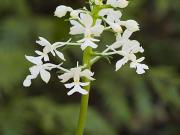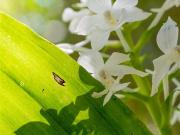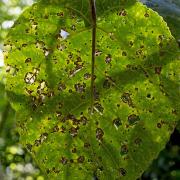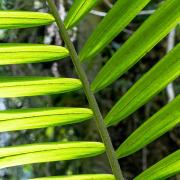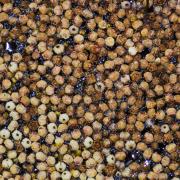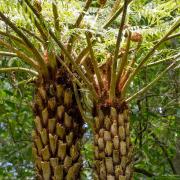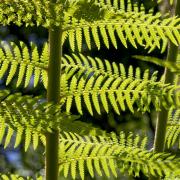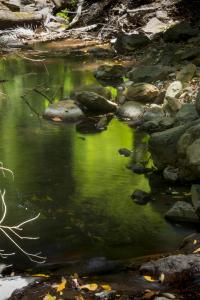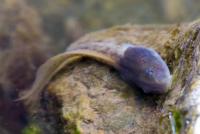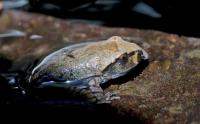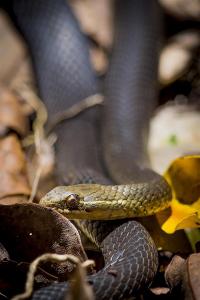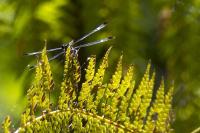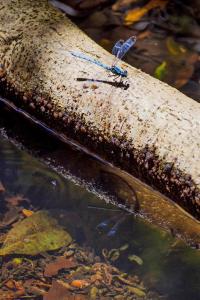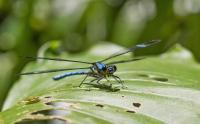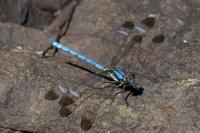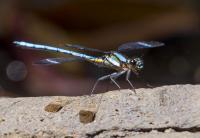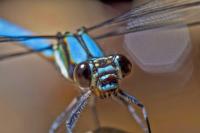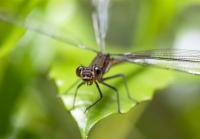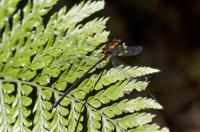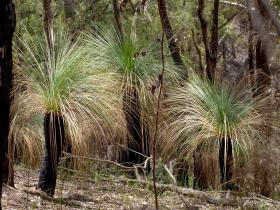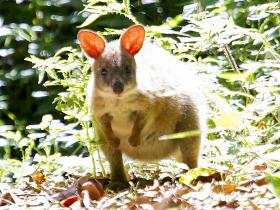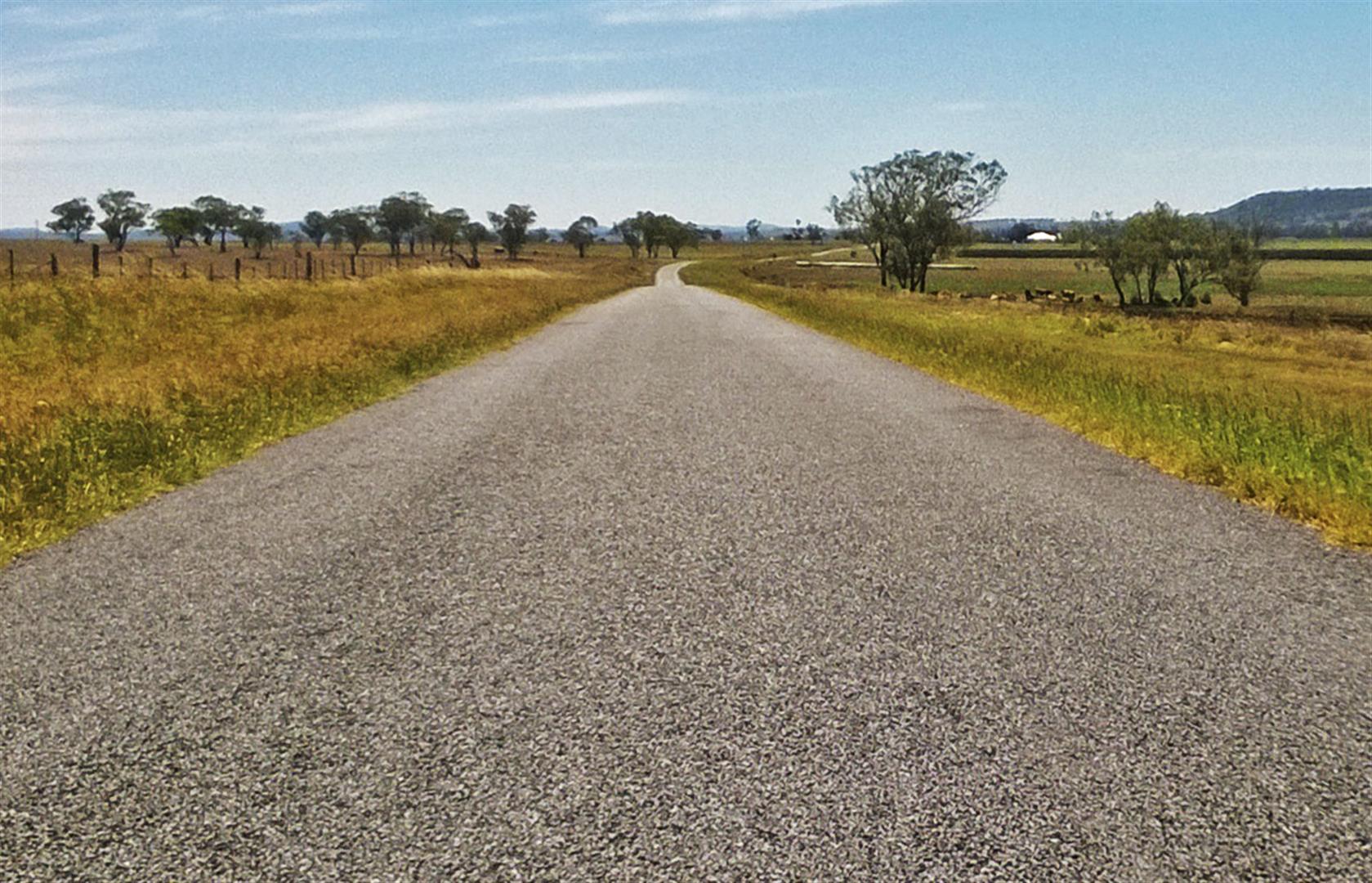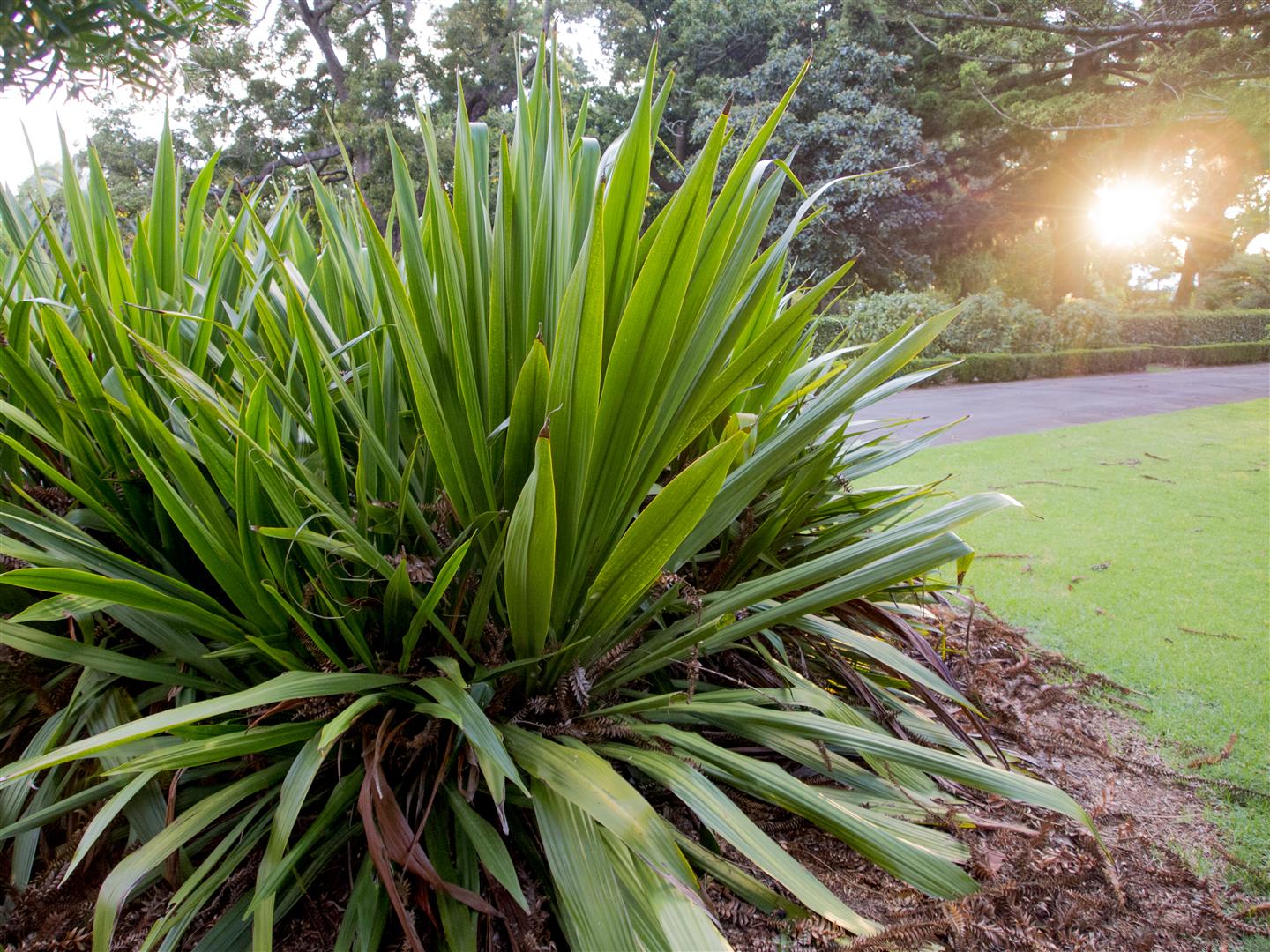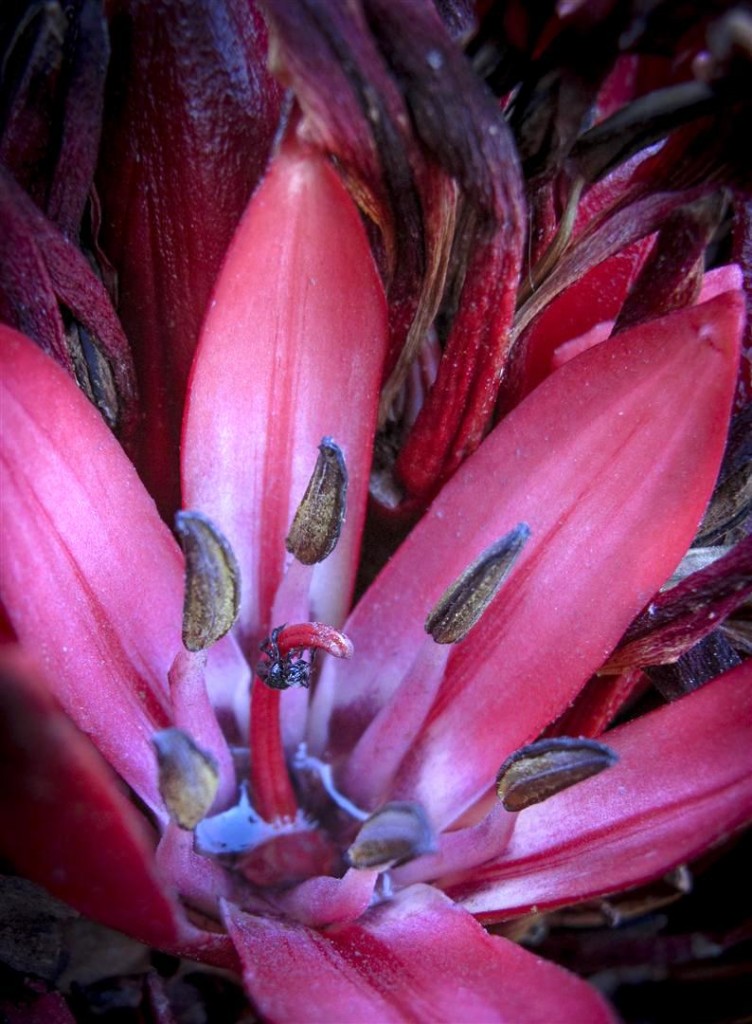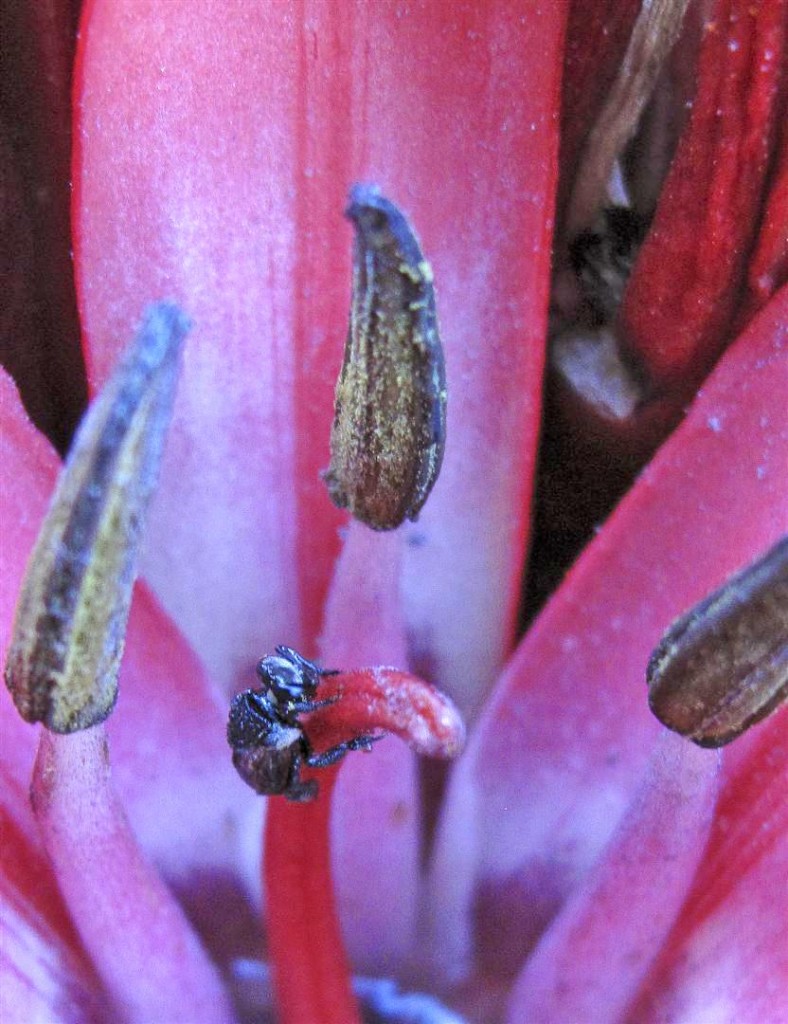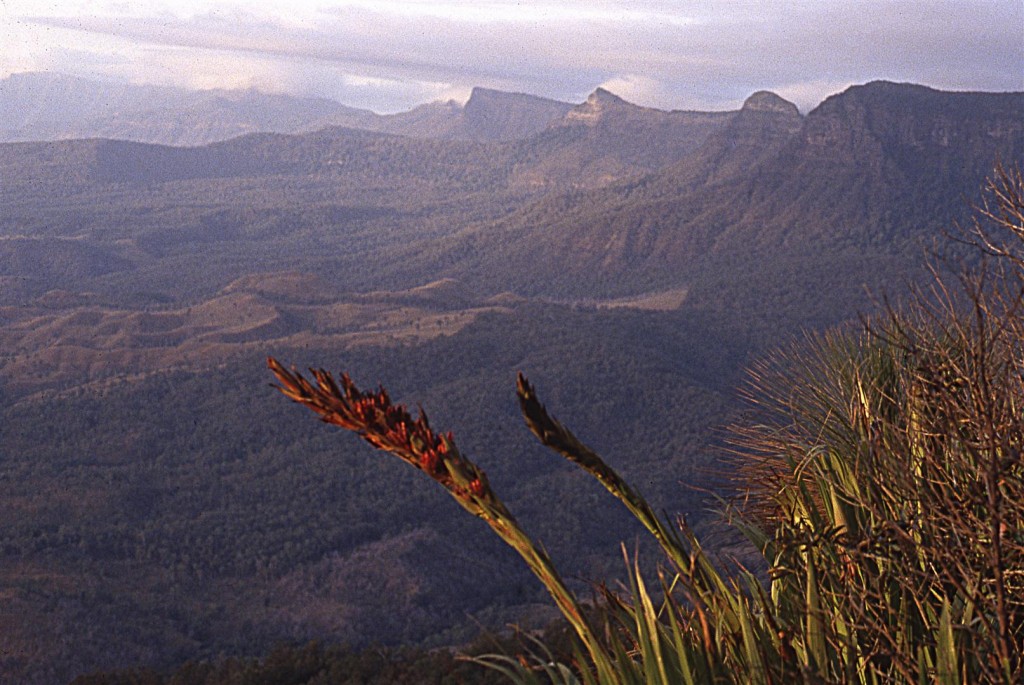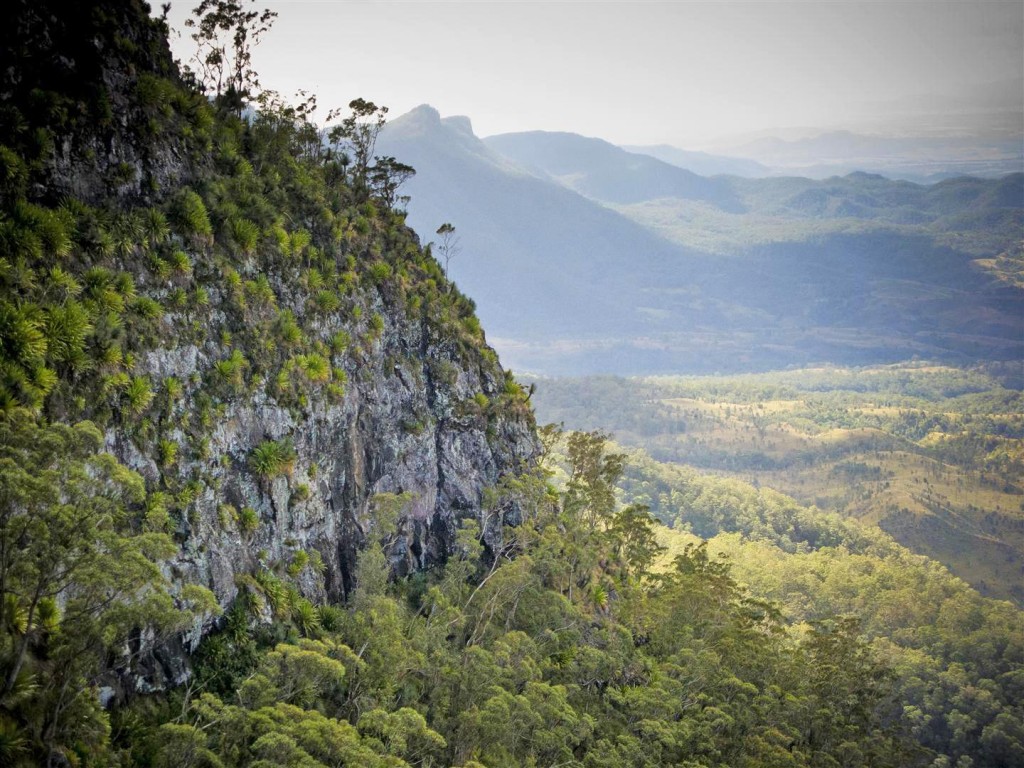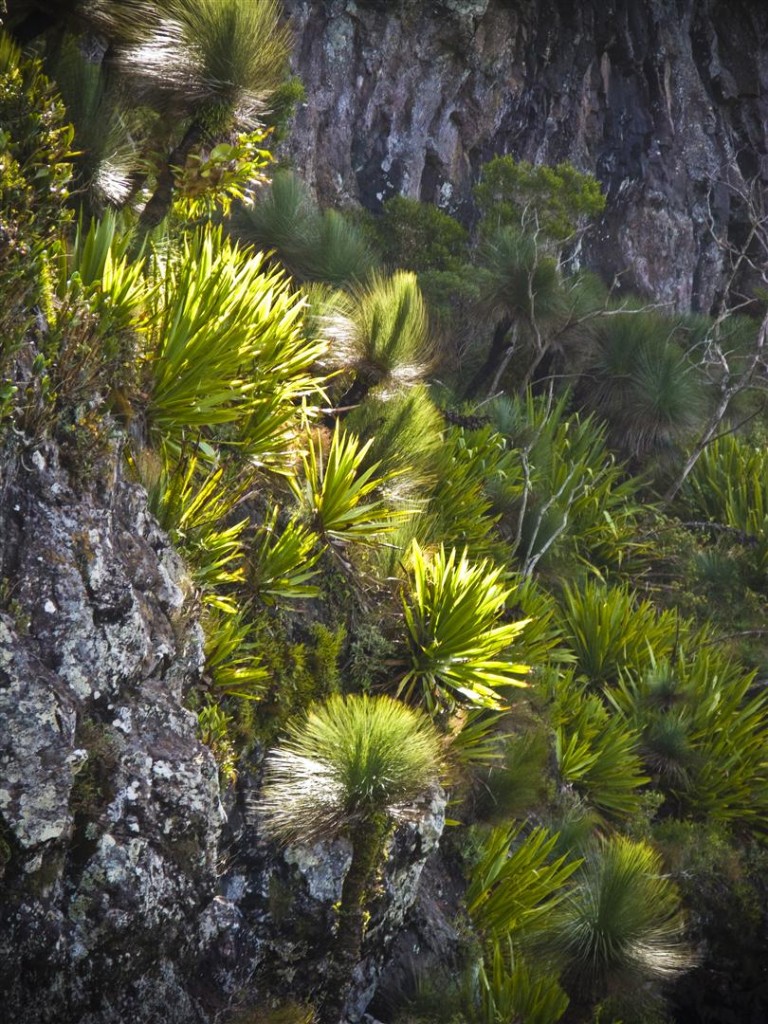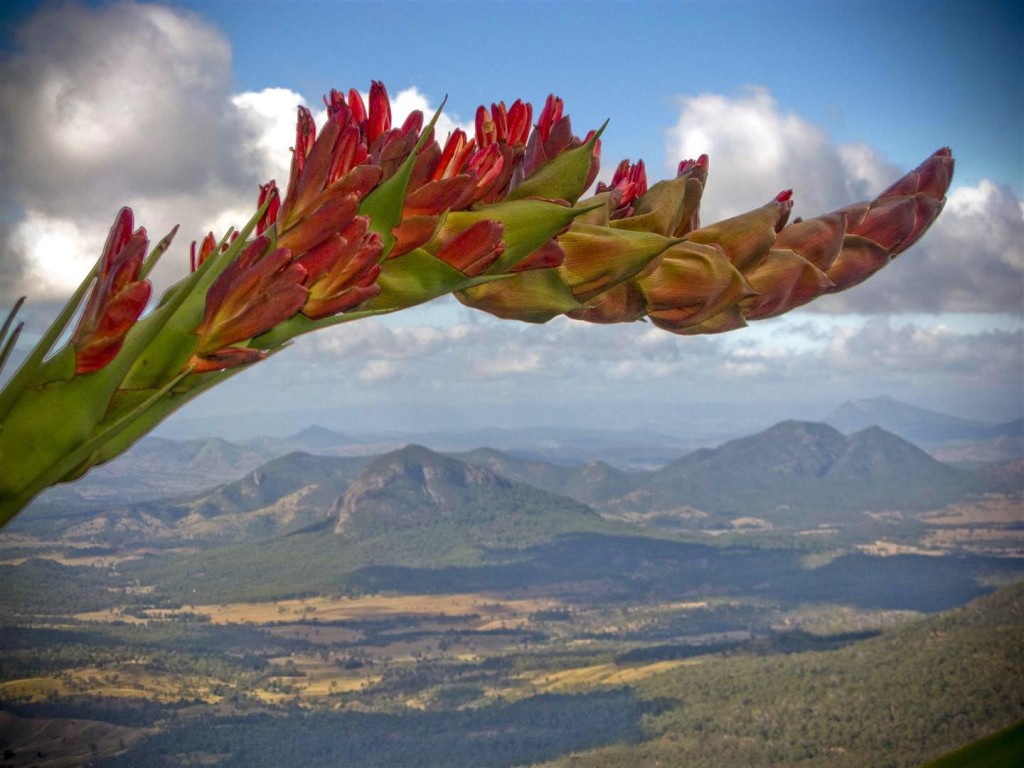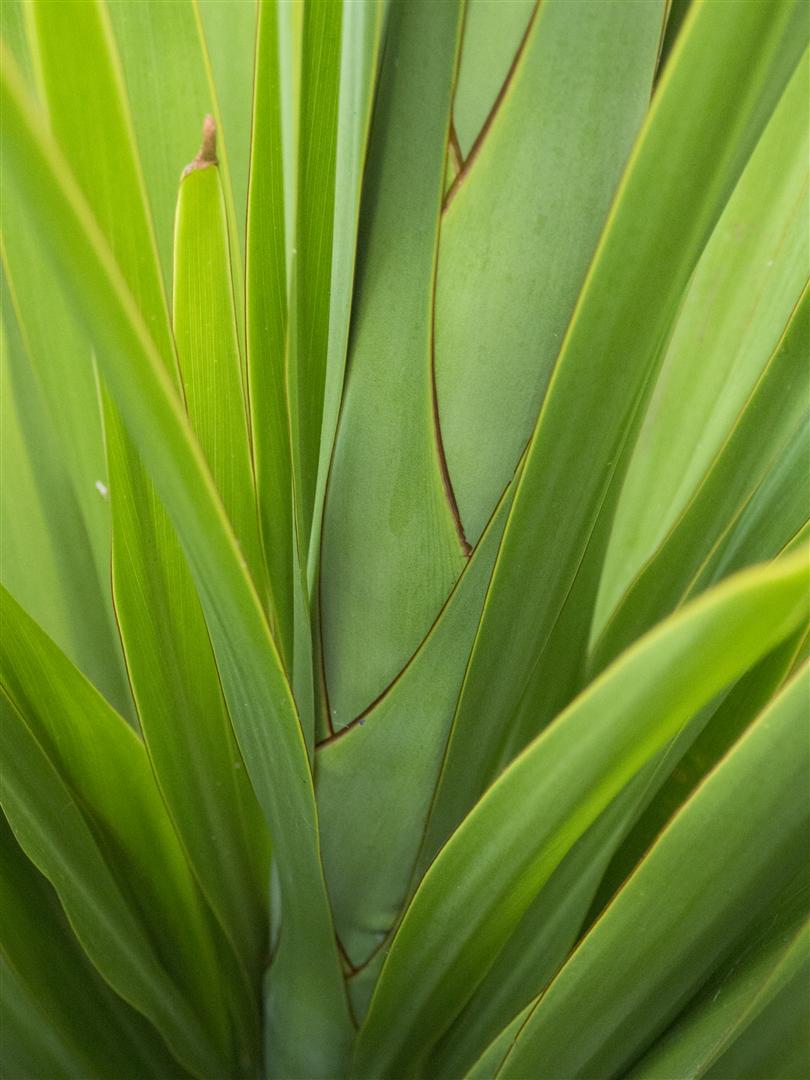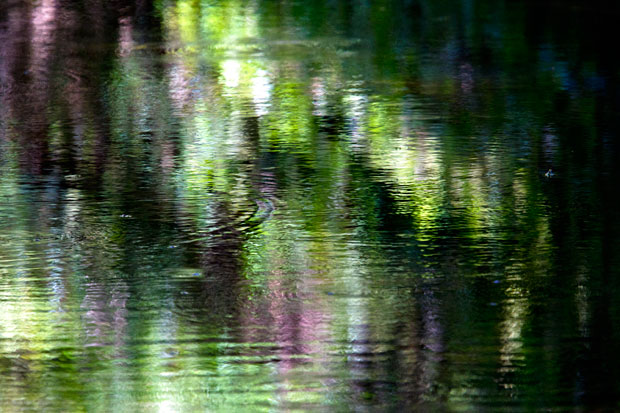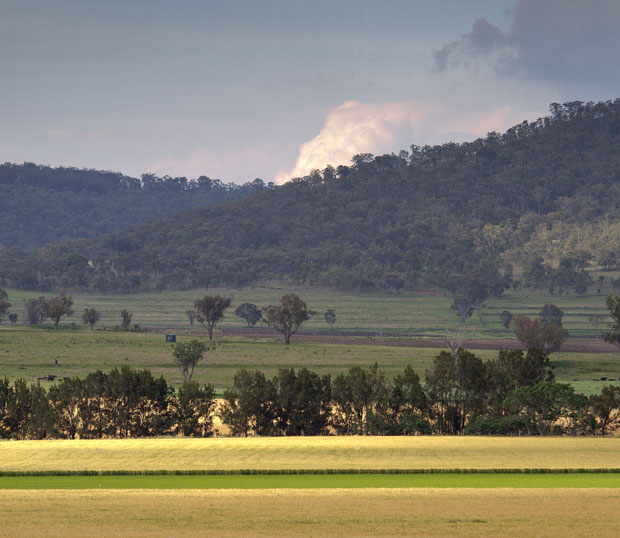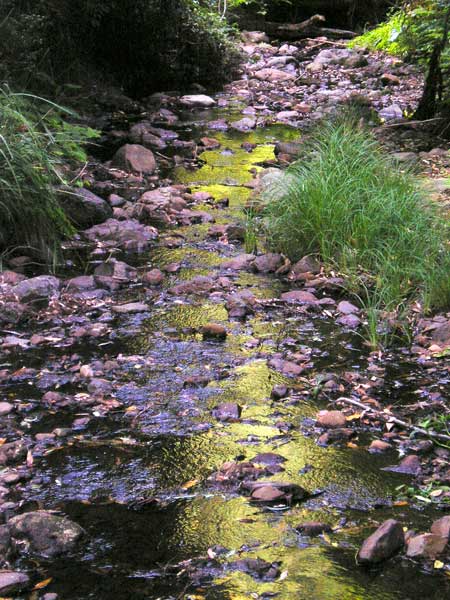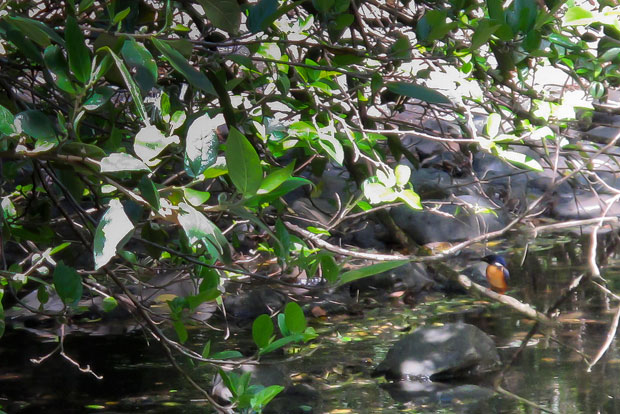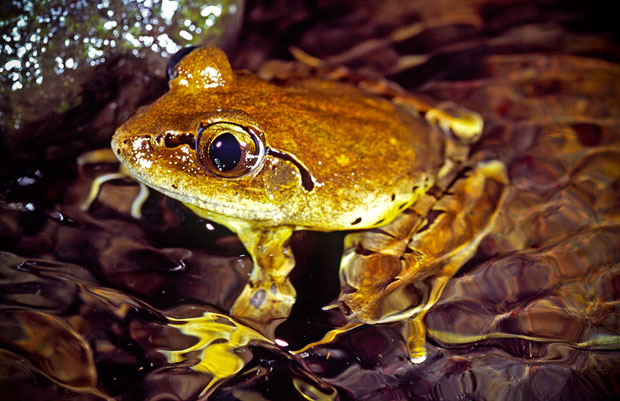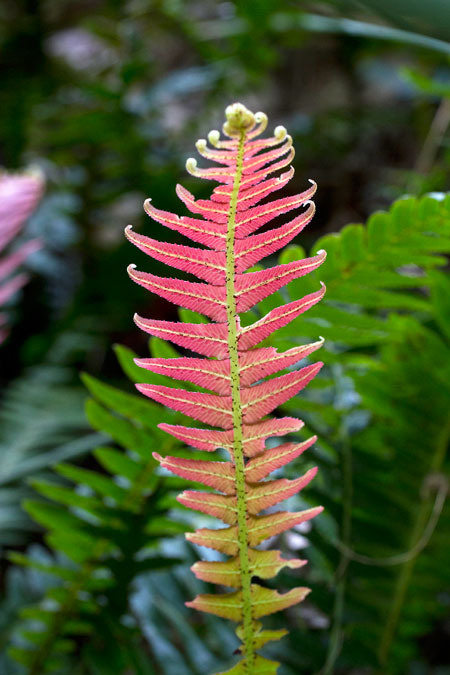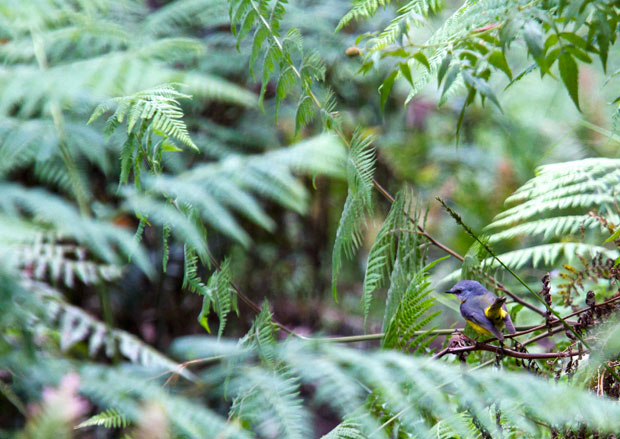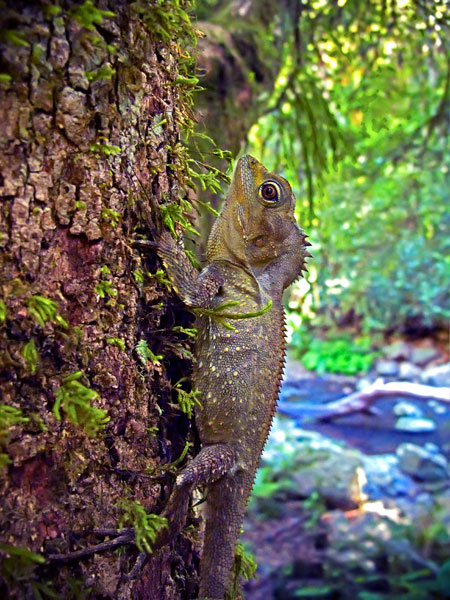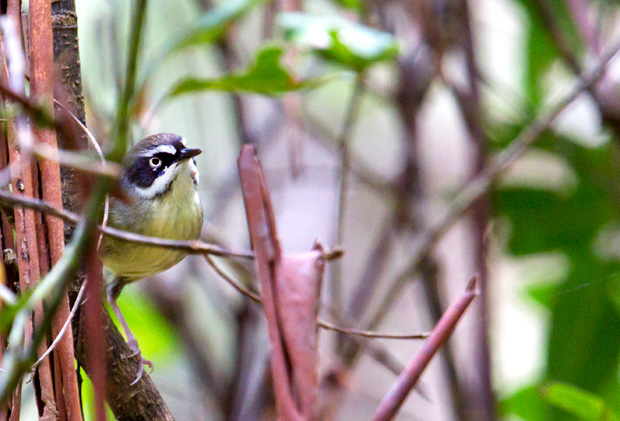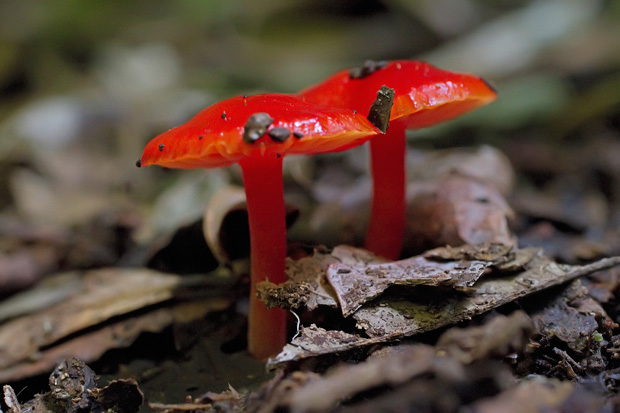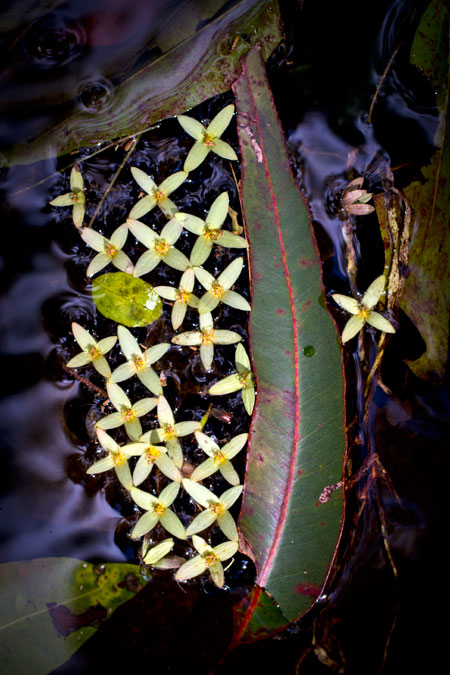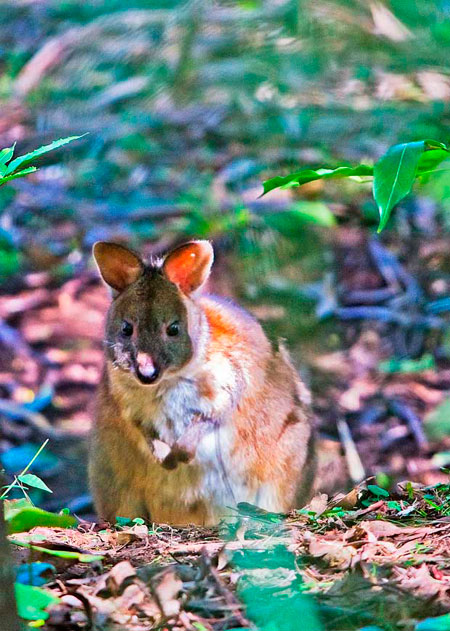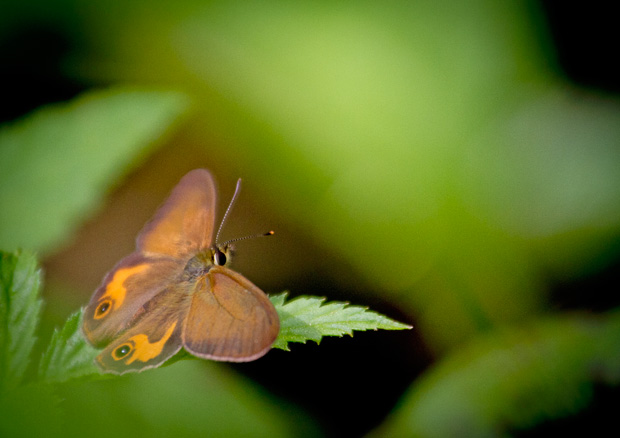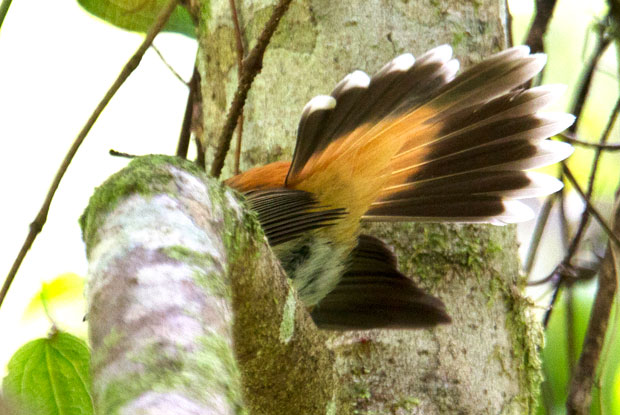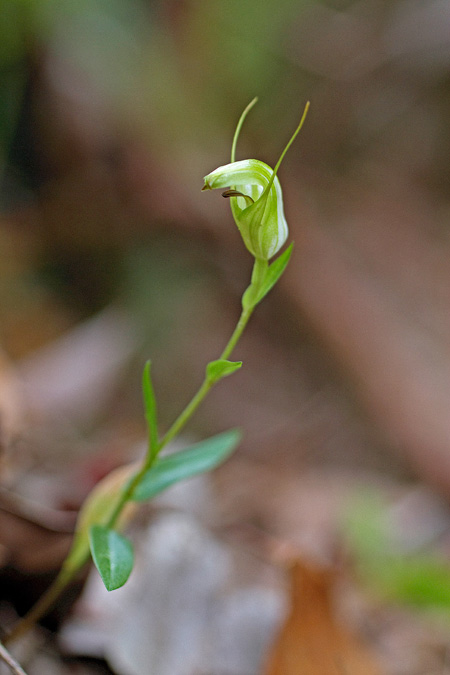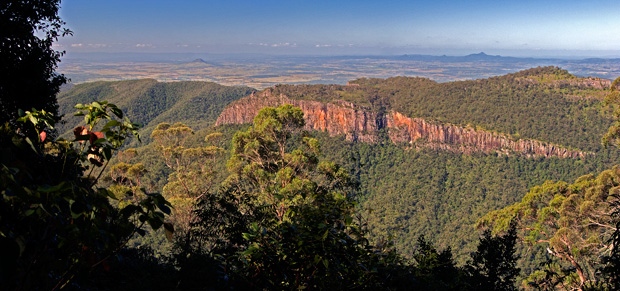December 2013 had some of the hottest days on record for this part of the world. Not an ideal time to visit a rainforest, but I head south anyway, driving through sun-blasted, open farmlands until I meet the western foothills of the Great Dividing Range.
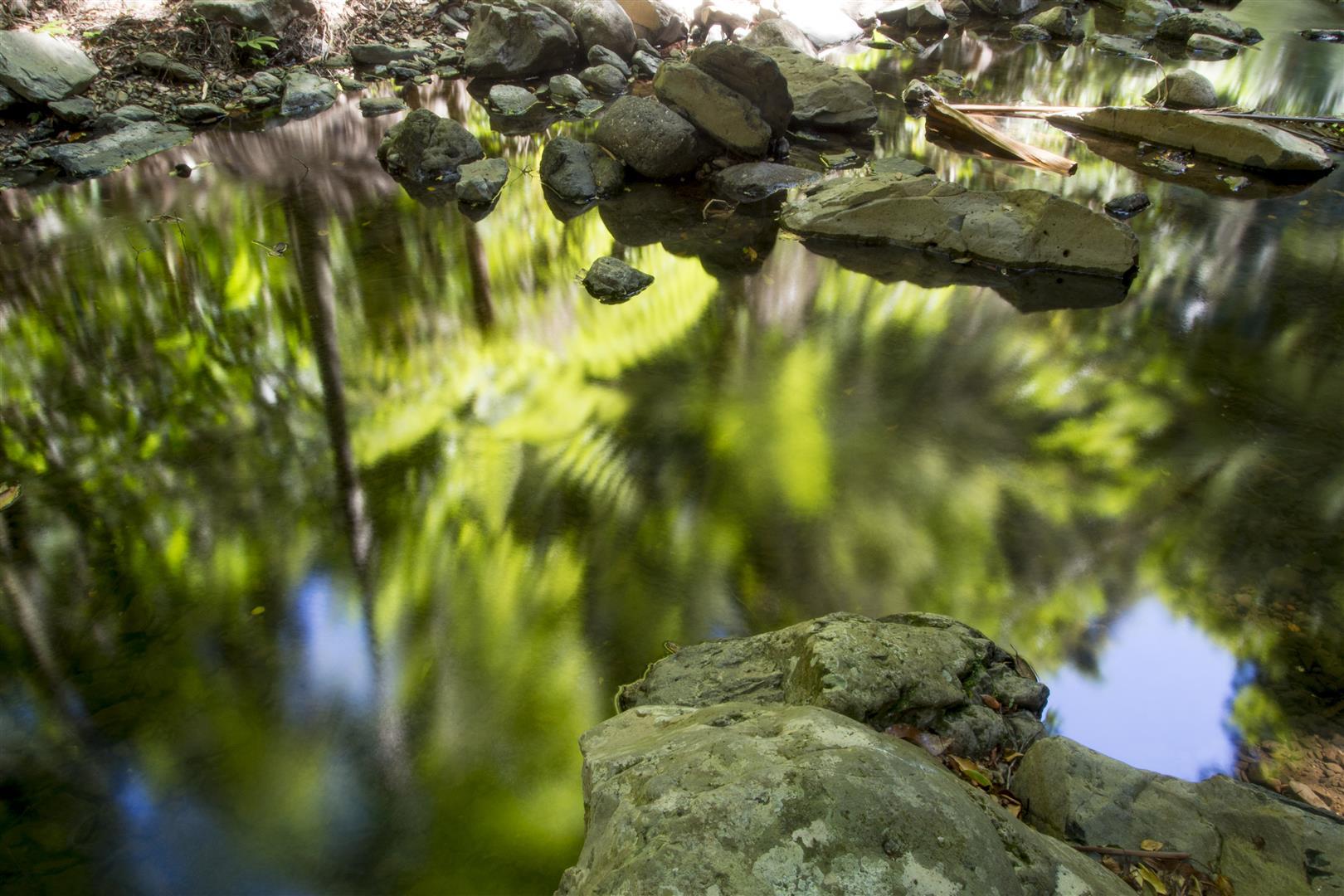
Sunlit Tree Ferns (Cyathea australis) reflected in a quiet pool on Dalrymple Creek. All photos by Robert Ashdown, taken on an Olympus OM-D EM-5.
Goomburra, within Main Range National Park, is my destination.
The circuit track along Dalrymple Creek heads through wet sclerophyll forest, where giant eucalypts tower above rainforest scrub. At times, the scream of cicadas, known appropriately as Razor Grinders, is almost unbearable — a frenzy of tree-top insect metalworkers. Some recent rain and the hot weather has brought thousands of their nymphs up from their long, dark underground life. Their cast-off ‘skins’ are plastered over tree trunks, while the adult insects are high up in the glorious summer light, males calling females in a non-stop, deafening cacophony. What a dazzling stage of life it must be for an animal that has spent years underground in the cool, dark earth.
The smooth bark of the eucalypts bears evidence of other life, as skinks move across strange circular patterns — the feeding marks of Red Triangle Slugs. While scanning tree trunks I’m soon rewarded with a sighting of a Southern Angle-headed Dragon, clinging to a tree and furiously pretending to be a branch.
< click on any image in this post for a larger view, and use arrow keys to move forward through images or hit ‘escape’ to exit>
A bright, sunny day in rainforest is usually the worst time for a photographer to capture interesting images, as the contrast range between dark shadow and blazing patches of light is beyond the scope of camera sensors, and the resulting photographs never really look like what the eyes saw. However, I’m here to enjoy the walk and in that frame of mind I soon get consumed by the search for intriguing patterns and photographic subjects.
As the Cascades Track winds on and upward, there are window-like glimpses of rainforest slopes above and the multi-hued foliage of emergent trees striving to reach the light. At ground level the sunlit canopy is reflected in pools of water, where another elegant reptile — an Eastern Water Dragon — regards me warily as I traverse its own small patch of paradise. Christmas Orchids flower close to the track, blazes of white among the shadows.
The walk presents an endless kaleidoscope of colours and textures. What more could a photographer hope for?
No place is boring, if you’ve had a good night’s sleep and have a pocket full of unexposed film. — Robert Adams.
I stop at one pool for a break and in the quiet notice all sorts of life. The large tadpoles of Great Barred Frogs move endlessly in the water and a Marsh Snake hunts restlessly for a meal.
I end up spending over an hour stalking Whitewater Rockmasters, one of Queensland’s five species of huge damselflies in the family Diphlebidae. These dazzling insects patrol their small bits of territory, and rather than run all over the place chasing them I set up at one spot to which a large male keeps returning. I could sit and watch these characters all day.
The Cascades Circuit leads up and out of the cool rainforest, taking me back to my vehicle via open, recently burnt, woodland. Grass Trees have seen it before, masters of surviving fire, and their green and brown skirts add colour to a blackened landscape.
All too soon I’m heading home, windows down and hot air whipping through the car. I’ve visited another world, a place of green shadows and complex life. I will return again, soon, I hope.
When words become unclear, I shall focus with photographs. When images become inadequate, I shall be content with silence. — Ansel Adams.
Main Range National Park is located on the western part of the Scenic Rim — a spectacular arc of mountains stretching from Mt Mistake to Springbook in south-east Queensland.
Much of the rainforest areas within the park fall within a World Heritage area, known as the Gondwana Rainforest of Australia World Heritage Area. This area conserves more than 1700 species of flowering plants and 500 species of vertebrate animals.
Links

